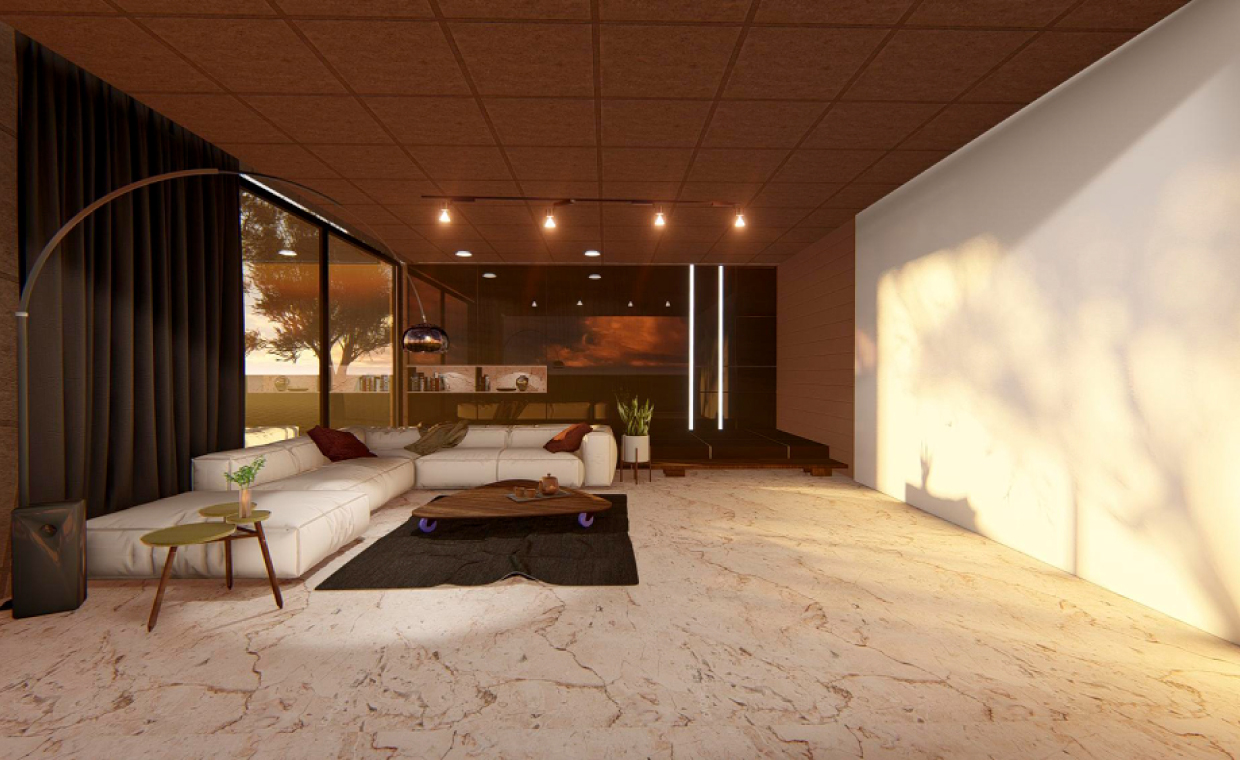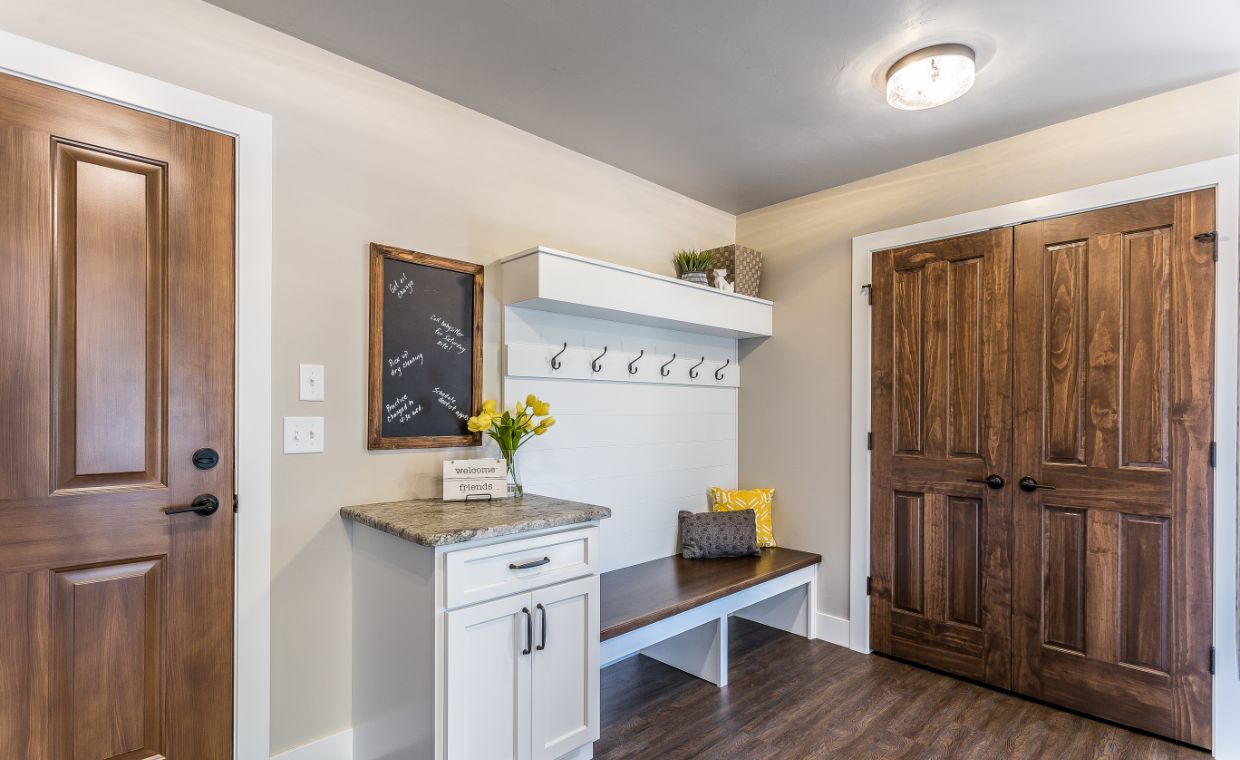
Building cracks are common and can manifest in various parts of a structure, ranging from walls and floors to ceilings and foundations. While they may seem insignificant at first glance, they can indicate underlying issues that, if left unaddressed, could compromise the integrity and safety of the building. Understanding the causes of these cracks is important for effective remediation and prevention.
Various Reasons for Building Cracks
Knowing the diverse factors contributing to building cracks is crucial for effective maintenance and structural integrity. Here are some common reasons.
01. Settlement and Soil Movement

One of the primary reasons for the building cracks is settlement and soil movement. When a building is constructed, it exerts a load on the ground beneath it. Over time, this load can cause the soil to compact or shift, leading to uneven settlement. As a result, foundation cracks may form as the structure adjusts to the changing ground conditions.
02. Structural Overload

Excessive loads on a building, whether due to heavy machinery, added storeys, or improper weight distribution, can exceed the structural capacity of the materials. This overload can lead to stress concentrations in certain areas, resulting in wall cracks as the building struggles to support the weight.
03. Thermal Expansion and Contraction

Changes in temperature cause materials to expand and contract. This phenomenon, known as thermal expansion and contraction, can exert significant pressure on building materials, especially concrete and masonry. Over time, repeated cycles of expansion and contraction can weaken the structure and lead to the formation of building cracks.
04. Moisture Infiltration

Water is a potent agent of deterioration for building materials. When water infiltrates a building through leaks in the roof, cracks in the walls, or faulty plumbing, it can cause erosion, rusting of steel reinforcements, and swelling of materials like wood. This weakening of the building envelope can result in the formation of ceiling cracks or floor cracks as the structural integrity is compromised.
05. Poor Construction Practices

Inadequate construction techniques or the use of substandard materials can contribute to the development of building cracks. Poorly mixed concrete, insufficient reinforcement, inadequate curing, and improper foundation preparation are some examples of construction defects that can lead to structural weaknesses and cracks.
06. Earthquakes and Seismic Activity

In regions which are prone to seismic activity, earthquakes can cause significant structural damage, including building cracks. The intense shaking and ground movement during an earthquake exerts forces on the building beyond what it was designed to withstand, resulting in structural failure and cracks in house.
07. Aging and Wear-and-Tear

As buildings age, their materials degrade, and wear-and-tear becomes more pronounced. This natural process can develop cracks as materials weaken and lose their structural integrity over time.
Conclusion
Building cracks are not merely cosmetic flaws; they often indicate underlying issues that require attention. By understanding the various causes of cracks, from settlement and soil movement to poor construction practices and seismic activity, building owners and professionals can implement appropriate remediation measures to ensure the safety and longevity of structures. Regular inspections, proper building maintenance, adherence to building codes and standards are essential for mitigating the risk of cracks and preserving the integrity of buildings for years to come.
Read more:
Image Courtesy : Image 6






























